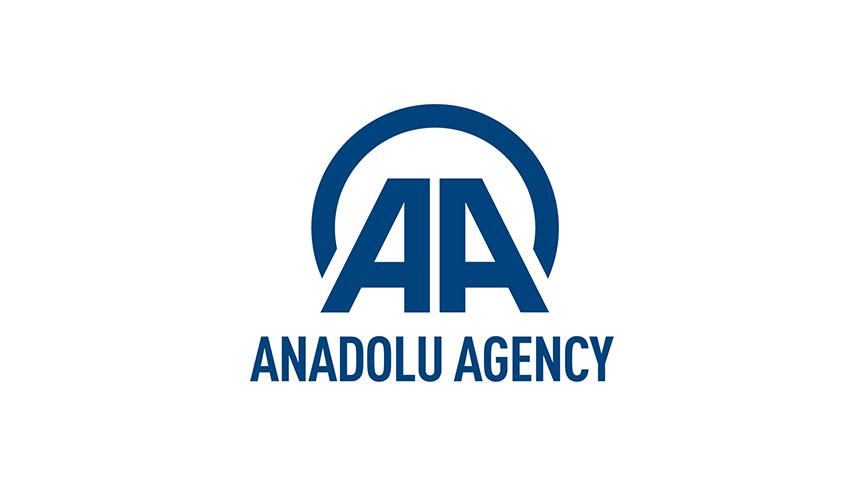- The Writer holds an MSc in Eurasian Political Economy & Energy from King’s College London and also an MA in European Studies from Sabancı University.
The East African energy landscape is going through a period of profound change since the discovery of deep-water gas finds in 2010. Mozambique and Tanzania have developed into world-class natural gas provinces to become the focus of attention within a short timespan. Tanzania will be put in the spotlight as part of East Africa’s rise in the new global energy landscape.
Although Tanzanian oil and gas exploration goes as far back as the 1950’s with BP and Shell having carried out extensive geological and geophysical surveys, developments then continued in the 60’s and 70’s with the formation of Tanzanian Petroleum Development Cooperation. This was then followed by the delineation of Songo Songo and the discovery of Mnazi Bay. However, it was only after 2000’s that Tanzania was able to launch its first offshore deep-water licensing.
With the recent discovery in Tanzania, offshore exploration has resulted in approximately 20 trillion cubic feet (tcf) of recoverable reserves. Back in 2013, Norwegian Statoil announced another discovery in the Tangawizi well at around 4 to 6 tcf in block 2. Nonetheless, exploration in the Tanzanian offshore is still in the early stages and new discoveries could be made in the years ahead.
According to a World Bank study undertaken in 2014, the total cost of an LNG plant project in Tanzania is estimated to cost US$17 billion. Given the fact that gross domestic product stands at $45.6 billion as of 2015, an LNG project of this scale would bring enormous challenges for the Tanzanian government. The speed and the volume of LNG would not only be affected by the volume of gas in place and the politics and policies pursued by the government, but to a large extent, the overall fate of the LNG industry would be affected by the sheer volume of global gas demand and the budget assigned to the planned export project. However, the good news is that current gas discoveries have attracted International Oil Companies (IOC) such as BG, Statoil, Ophir and ExxonMobil to the country. As the World Bank study suggests, an LNG development would bring up to $12 to $40 billion in foreign direct investment (FDI), contributing to the economy with an annual growth of 7 percent until 2025.
To be able to initiate an LNG project, proven reserves of around 8 to 10 tcf would be required. Although 20 tcf of proven reserves in Tanzania would be large enough for the realization of an LNG terminal, the Tanzanian government is keen to make sure that sufficient gas is available not only for export but also for domestic demand and industrial development.
The government is at the stage of updating its fiscal, legislative as well as regulatory framework with the aim of further strengthening the country’s position in the coming years. In 2013, the country’s national natural gas policy ensured a greater coverage from midstream to the downstream along with the creation of a natural gas revenue fund. With this policy, the framework for local content sourcing and corporate social responsibility obligations was also set.
The main drivers for the speed at which proven reserves have grown in Tanzania are fundamentally related to the recent technologic development, rising global gas demand and relative political stability. The overall cost for drilling deep-water wells dropped significantly, and seismic interpretation improved at a staggering rate, allowing companies to explore offshore Tanzania. This would have been a very risky exploration for IOC’s a few years ago. In addition, global LNG demand is expected to rise in the next 20 to 30 years, particularly driven by the Asian gas market. High value markets in Asia and expected high LNG demand have forced many companies to search for new fields in different parts of the world. And lastly, the emergency of Tanzania’s supportive environment with improvements in legislation, regulation and fiscal policies reflects the desire of the government to attract FDI and promote economic development. These primary drivers answer the question as to why recent successful discoveries in offshore East Africa have taken place.
On the other hand, recent commodity price volatility, a decline in oil prices and economic fluctuations around the world intensified the external risks for the Tanzanian economy, which could lead to severe negative repercussions.
Since commodity prices are determined exogenously, the Tanzanian government has no control over fluctuations. Therefore, policy makers in Tanzania have to battle numerous uncertainties while attempting to ensure that capital inflow for the establishment of an LNG terminal is put in place.
Since the beginning of 2015, oil prices have been hovering around $50 per barrel and expected to remain more or less around this price level in the short term. In its flagship publication, the World Energy Outlook 2016, the International Energy Agency noted, “oil markets could be in for another bumpy ride” meaning that an era of low oil price could extend for another year. Analysis suggests that for a cost effective LNG terminal to be operational in Tanzania, an equivalent oil price of between $70 and $80 per barrel is required. This has raised the question as to whether the Tanzanian government and companies involved in the exploration would further proceed amid the prospect of lower prices.
Therefore, instead of complicating negotiations and considering the scaling down of the exploration and production activities, it would be to the benefit of Tanzania to restore and strengthen its fiscal credibility, and to mediate with neighboring countries to reduce regional tension with the aim of increasing the attractiveness of the country in the medium to long term. Thus, once the overall recoverable reserves increase to a level of 25 to 30 tcf, Tanzania will be comfortable to export and have spare capacity for domestic consumption and power generation.
- Opinions expressed in this piece are the author’s own and do not necessarily reflect Anadolu Agency's editorial policy.


